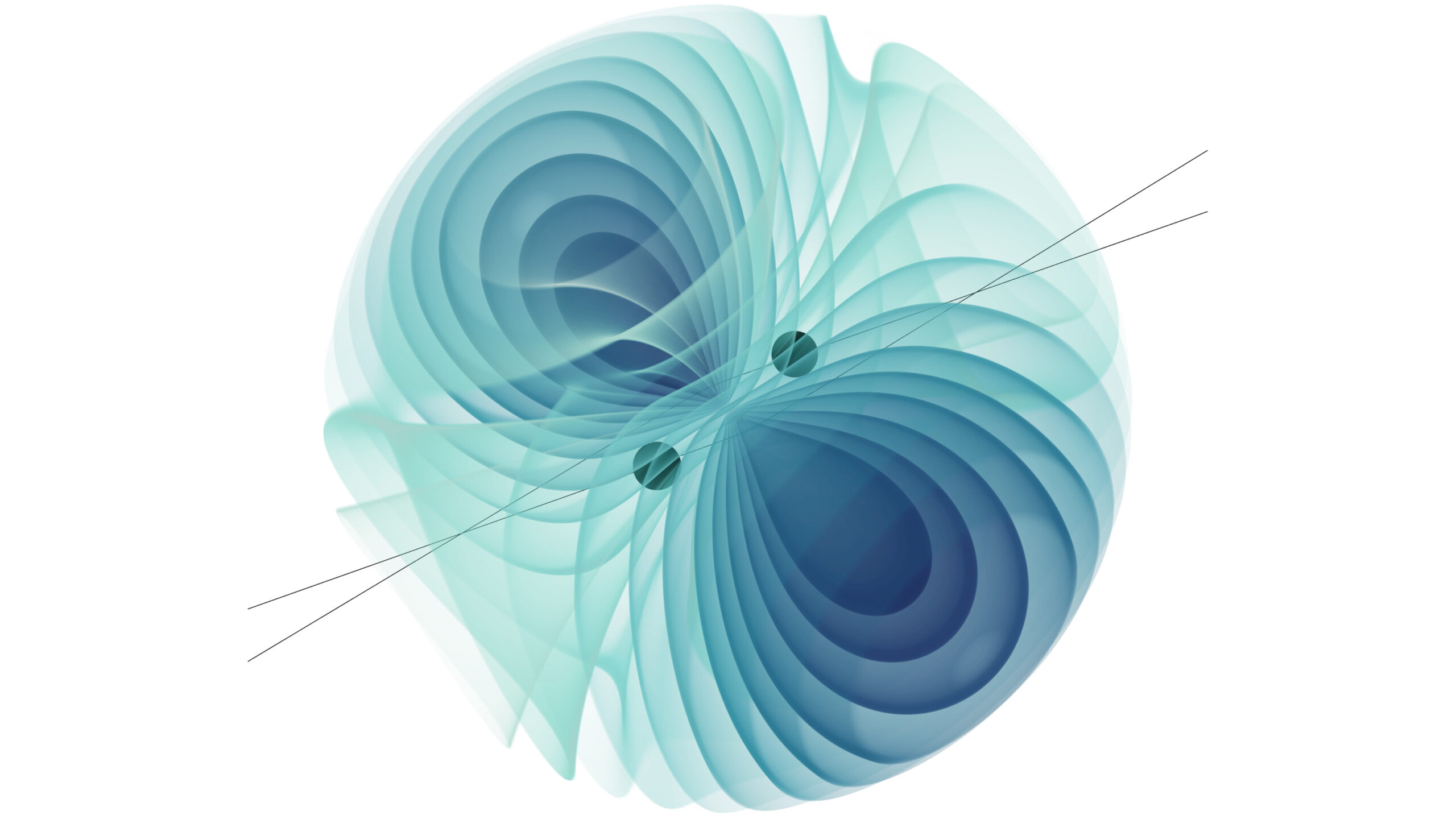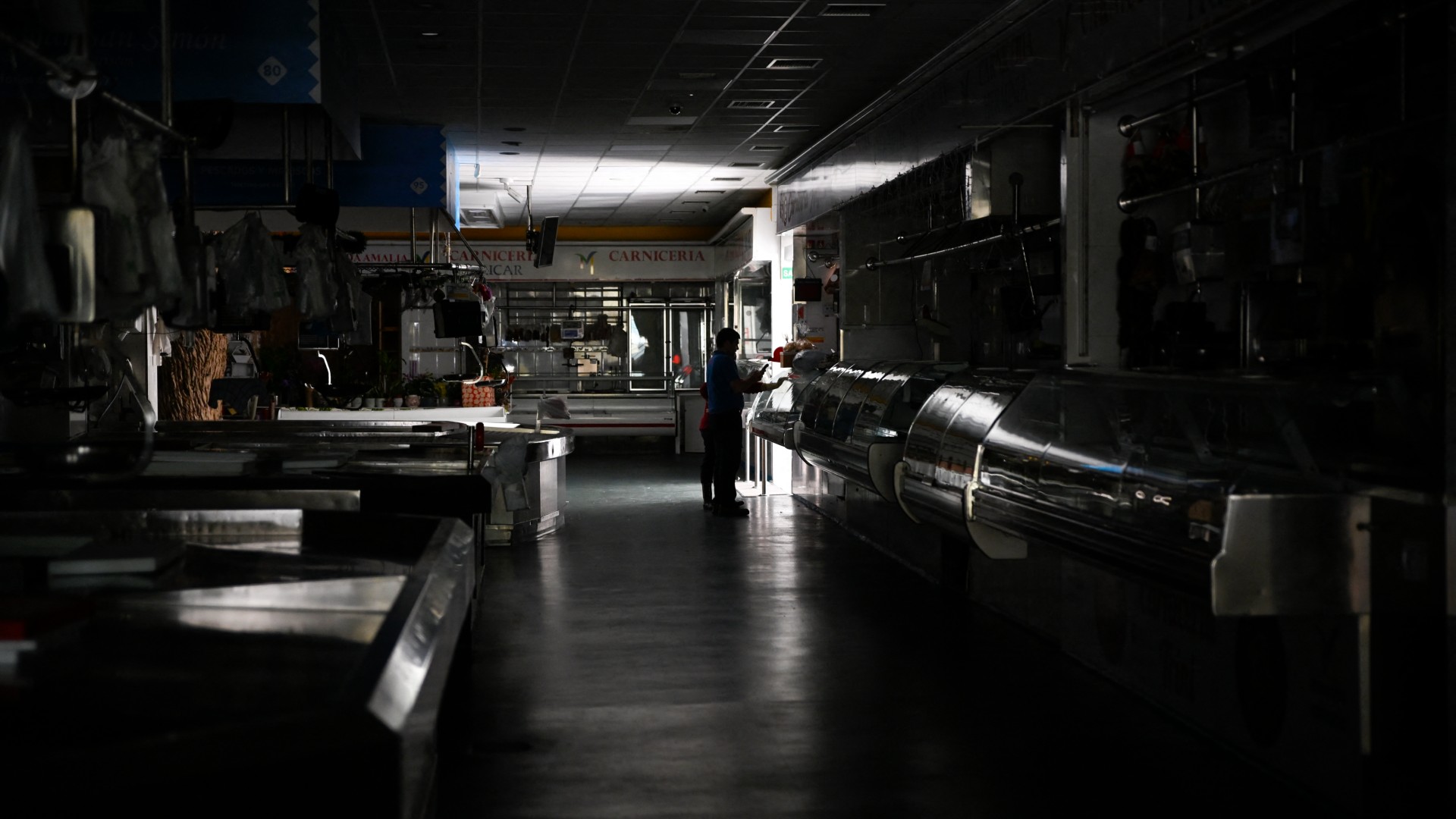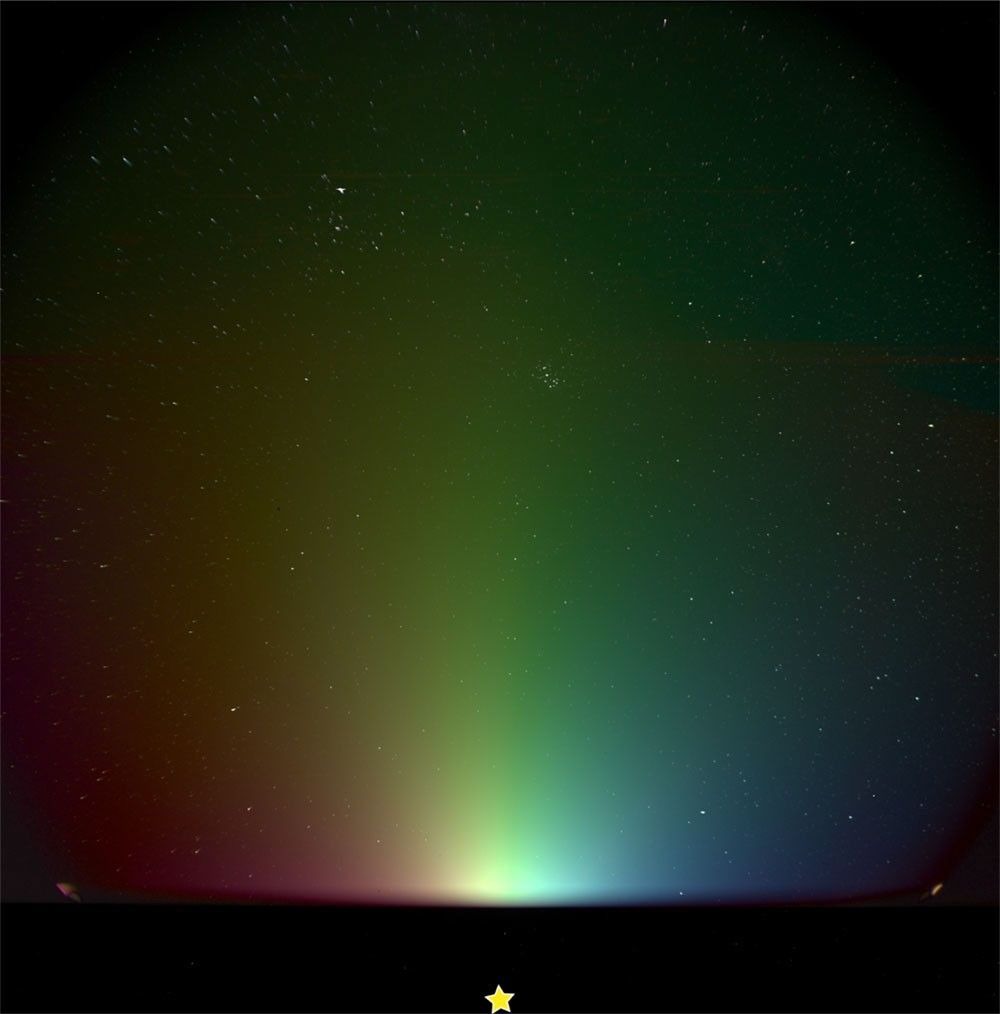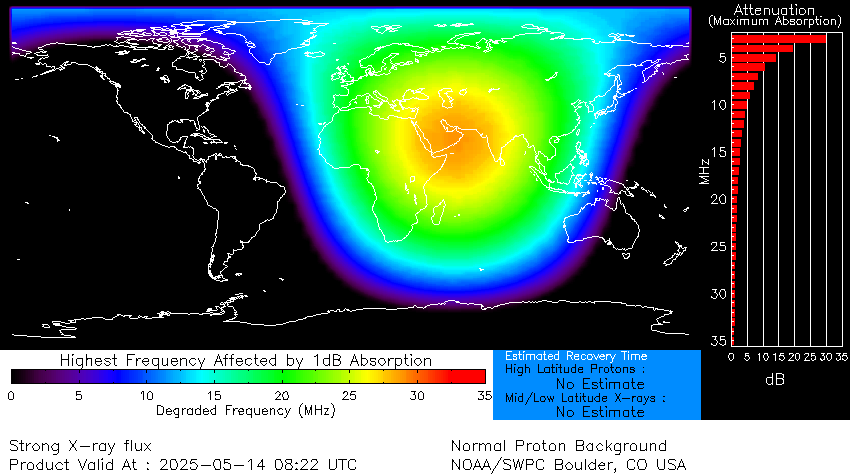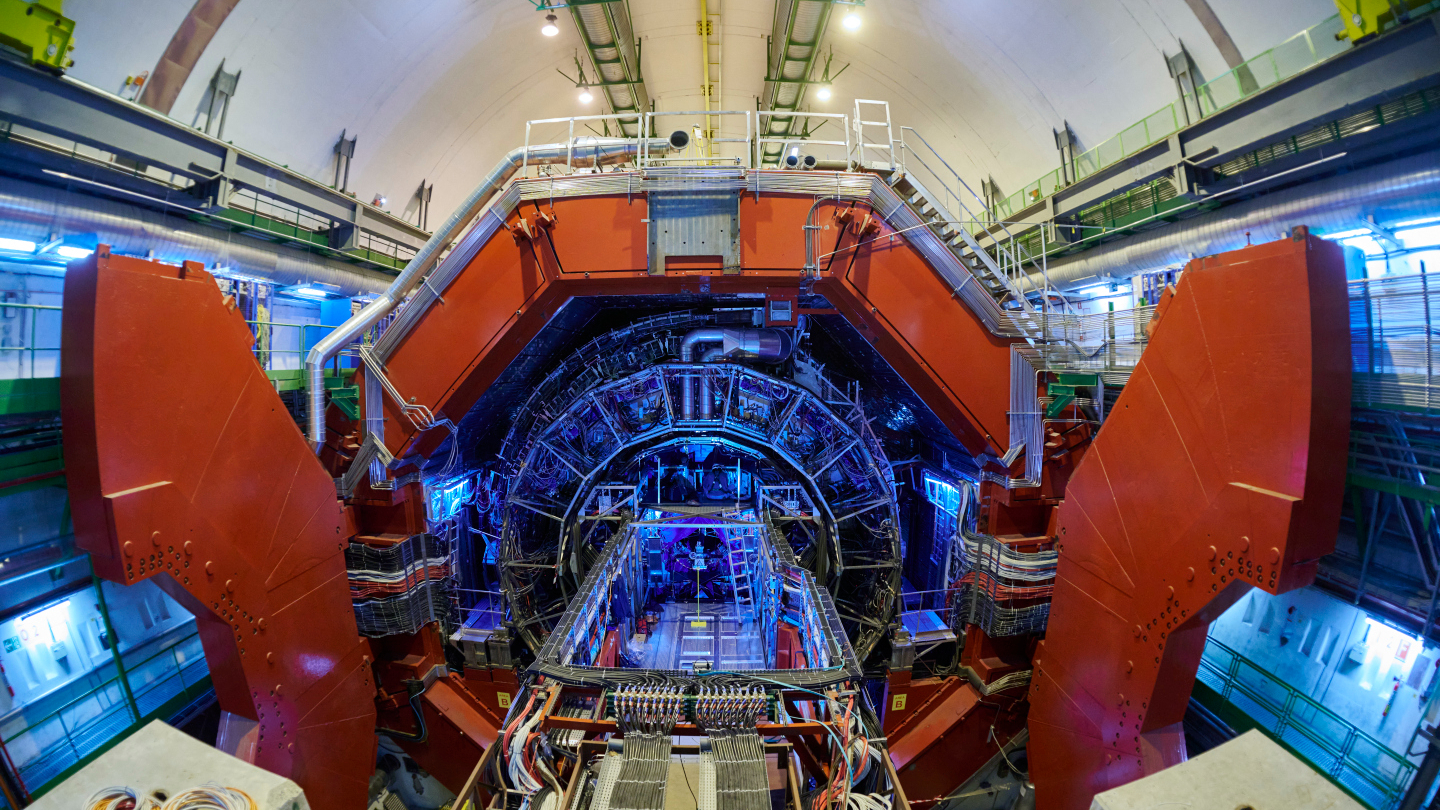Scientists have made the most accurate predictions yet of the elusive space-time disturbances caused when two black holes fly closely past each other. The new findings, published Wednesday (May 14) in the journal Nature, show that abstract mathematical concepts from theoretical physics have practical use in modeling space-time ripples, paving the way for more precise models to interpret observational data. Gravitational waves are distortions in the fabric of space-time caused by the motion of massive objects like black holes or neutron stars. First predicted in Albert Einstein’s theory of general…
Read MoreCategory: Solar System
Our solar system
Solar storms and cyberattacks can both cause blackouts. Knowing the difference could save billions of dollars
Space weather and cyberattacks can cause similar disruption to our civilization’s indispensable technology systems. Telling one from the other swiftly and reliably can make billions of dollars’ worth of difference to economies that could grind to a halt when such disruptions occur. Shortly after noon on April 28, the whole of Europe’s Iberian Peninsula plunged into darkness. An unknown incident shut down power grids serving Spain, Portugal and parts of Southern France. In an instant, the working day was over for millions of people as anything not powered by a…
Read MoreWhy scientists are so excited about the highest-energy ‘ghost particle’ ever seen
Earlier this year, an underwater detector in the Mediterranean Sea found the most energetic neutrino to date. And scientists are still talking about it because, well, this discovery could be a really big deal. Not only could this neutrino, also known as a “ghost particle,” have been fleeing a gamma-ray burst or a supermassive black hole, but it could also have been produced by an ultra-powerful cosmic ray interacting with the cosmic microwave background (CMB). That latter bit which we’ll get to soon, could be huge. Moreover, the detector that…
Read MoreLaunch of Australia’s 1st homegrown orbital rocket delayed indefinitely due to payload fairing issue
We’ll have to wait a bit longer for the first-ever launch of an Australian orbital rocket. Queensland-based company Gilmour Space had aimed to debut its Eris rocket today (May 15), but a problem with the vehicle’s payload fairing scuttled that plan. “Last night, during final checks, an unexpected issue triggered the rocket’s payload fairing. No fuel was loaded, no one was hurt, and early inspections show no damage to the rocket or pad,” Gilmour Space said via X this afternoon. You may like “We’ll send a replacement fairing from our…
Read MoreThe latest ‘Superman’ trailer looks fantastic, but beware if spoilers are your kryptonite (video)
Superman | Official Trailer – YouTube Watch On Warner Bros has revealed another Superman trailer that shows off more about the movie’s main players and what David Corenswet’s Kal-El stands for with the lengthier second trailer… as long as you don’t mind some mild spoilers. July 2025 is looking remarkably busy when it comes to huge blockbusters, with Jurassic World: Rebirth and The Fantastic Four: First Steps making waves online for the last few months. James Gunn’s Superman is generating a lot of excitement because of how pure and old-fashioned…
Read MoreNASA’s PUNCH spacecraft see a cosmic rainbow in the zodiacal light
NASA’s newest spacecraft aimed at studying the sun have captured a colorful “rainbow” in the warm glow of zodiacal light observed above Earth. The PUNCH (Polarimeter to Unify the Corona and Heliosphere) mission, which launched on March 11, consists of four small satellites working in unison in low Earth orbit to provide a comprehensive view of the sun’s corona, or outer atmosphere, and study the constant stream of charged particles emitted by the sun known as solar wind. The mission delivered its first set of images, including a vivid, rainbow-colored…
Read MoreStrongest solar flare of 2025 erupts from sun, sparking radio blackouts across Europe, Asia and the Middle East
The sun roared to life early Tuesday (May 14), unleashing a powerful X-class solar flare from a newly emerging sunspot region AR4087. The eruption peaked at 4:25 a.m. EDT (0825 GMT), triggering strong R3-level radio blackouts across Europe, Asia and the Middle East — the sunlit side of Earth at the time — as sunspot region 2087 crackles with activity. Solar flares of this magnitude are uncommon, according to the NOAA Space Weather Prediction Center (SWPC). Solar flares are ranked by strength in five classes: A, B, C, M and…
Read MoreCanon EOS R6 Mark II review
Key specs Type: Mirrorless Sensor: 24.2MP full-frame CMOS sensor Lens mount: RF/RF-S ISO range: 100-102,400 Viewfinder resolution: 3.69m dot OLED Video capability: 4K up to 60 FPS, 4K/FHD Timelapse up to 30 FPS, FHD up to 180 FPS Weight: 1.48 lbs / 670 g with card and battery Size: 5.44×3.87×3.48 in / 138.4×98.4×88.4 mm Memory card type: 2x SD/SDHC/SDXC (UHS-II) Feeling pretty much like a more enthusiast-friendly version of the Canon EOS R5 Mark II, the Canon EOS R6 Mark II offers similar hybrid photo and video capabilities alongside being…
Read MoreModern-day alchemy! Scientists turn lead into gold at the Large Hadron Collider
For centuries, alchemists dreamed of turning lead into gold — not through magic, but by unlocking the hidden potential within metals themselves. While their methods never panned out, those of modern science finally have. Researchers at the Large Hadron Collider (LHC) — the world’s largest and highest-energy particle accelerator — have observed a real-life transmutation of lead into gold. But this transformation didn’t come from direct collisions, as was previously observed. Instead, it emerged through a new mechanism involving near-miss interactions between atomic nuclei. The LHC was built to accelerate…
Read MoreMay’s full Flower Moon delights skywatchers worldwide with stunning lunar display (photos)
May’s full ‘Flower Moon’ bloomed brightly on May 12, dazzling stargazers with a spectacular display of reflected luminance. Named for the colorful wildflowers that bloom across North America and Europe this time of year, the May full moon is also known as the Milk Moon, Hare’s Moon, or Corn Moon over the centuries, according to NASA. Regardless of what you call it, a full moon is catnip to the astrophotography community — and his one was no exception. Photographers around the world turned out in force to capture stunning compositions…
Read More